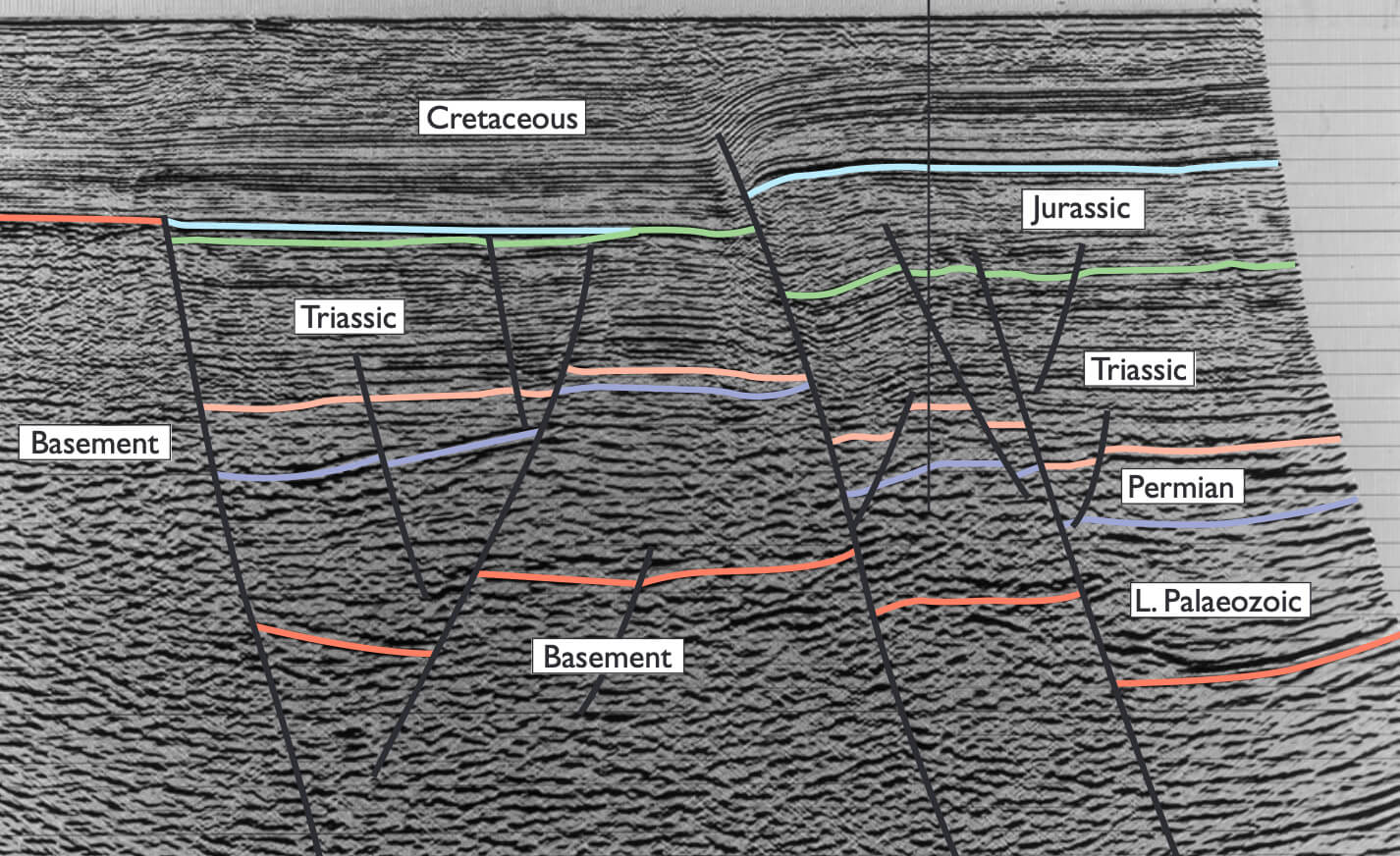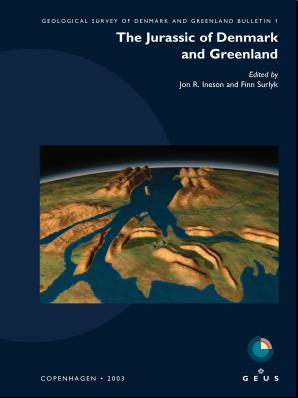
How to Cite
Share
Abstract
The burial depth and the magnitude of Late Cretaceous – Early Cenozoic and Neogene–Pleistocene uplift of Lower–Middle Jurassic strata in the Fennoscandian Border Zone are estimated from measurements of huminite reflectance and comparison with a regional coalification gradient. The regional coalification curve is constructed by plotting uplift-corrected sample depths against more than 300 huminite/vitrinite reflectance values from Upper Triassic – Lower Cretaceous deposits in the Danish Basin and the Fennoscandian Border Zone. The present sample depths are corrected for Late Cretaceous inversion in the Sorgenfrei–Tornquist Zone and for Neogene–Pleistocene regional uplift. A coalification curve is erected; it cuts the abscissa at 0.2 %Ro corresponding to the reflectance of peat. This curve is considered to approximate to a reliable coalification profile over much of the study area. The Jurassic coals from the Fennoscandian Border Zone are of low rank and, based on the regional coalification curve, they have been buried to c. 625–2450 m. In the eastern part of the Rønne Graben, in the Kolobrzeg Graben and in the Arnager–Sose Fault Block, the Jurassic strata were subsequently uplifted c. 290–1400 m, corresponding to the amount of Late Cretaceous – Early Cenozoic inversion observed on seismic sections. Thus, it appears that Neogene–Pleistocene uplift did not influence the Bornholm area significantly. The data from the Höganäs Basin and Fyledal indicate a total uplift of c. 1450–2450 m, corresponding to estimates from the inversion zone in the Kattegat. The data from Anholt, on the eastern margin of the inversion zone, indicate c. 975 m of uplift.
How to Cite
Share
Downloads
Editors: Jon R. Ineson and Finn Surlyk
The Jurassic rocks of Denmark and East Greenland record the evolution of two discrete portions of the Mesozoic rift complex, now separated by the North Atlantic Ocean. The Jurassic of Denmark and adjacent areas occurs mostly in the subsurface and research has thus focussed [...]










